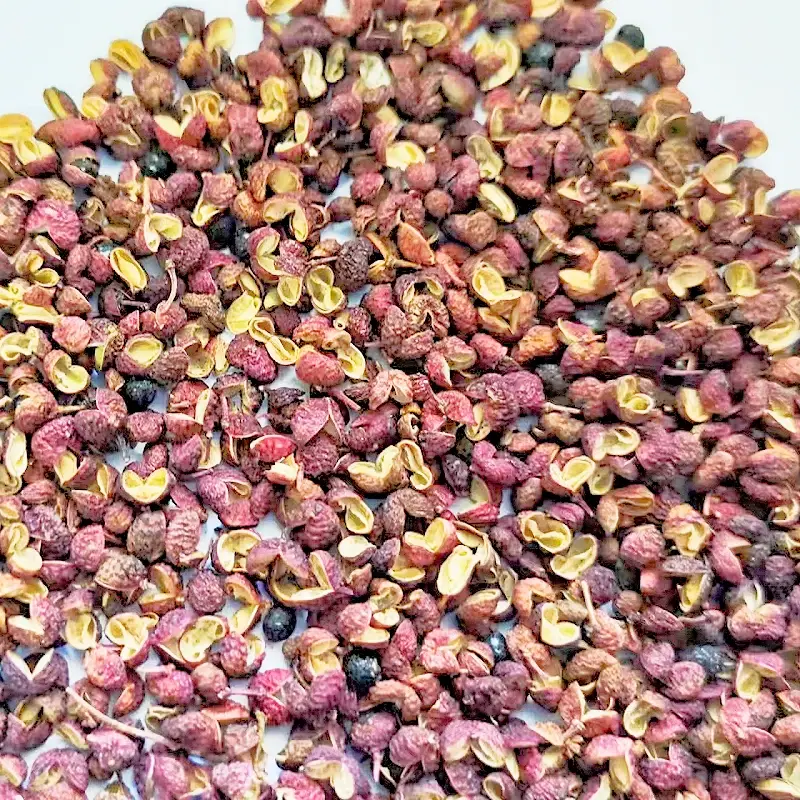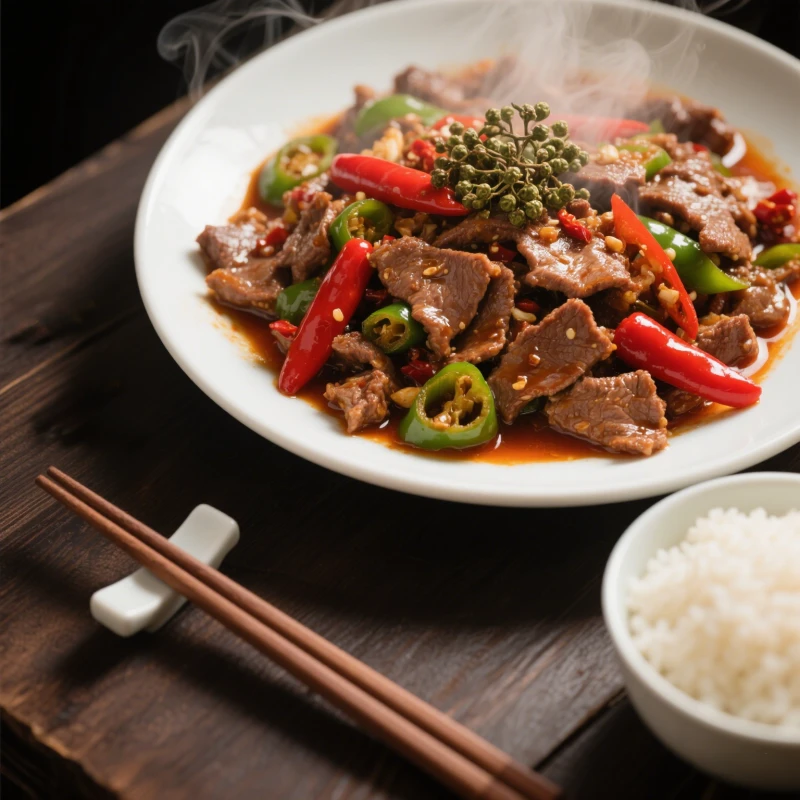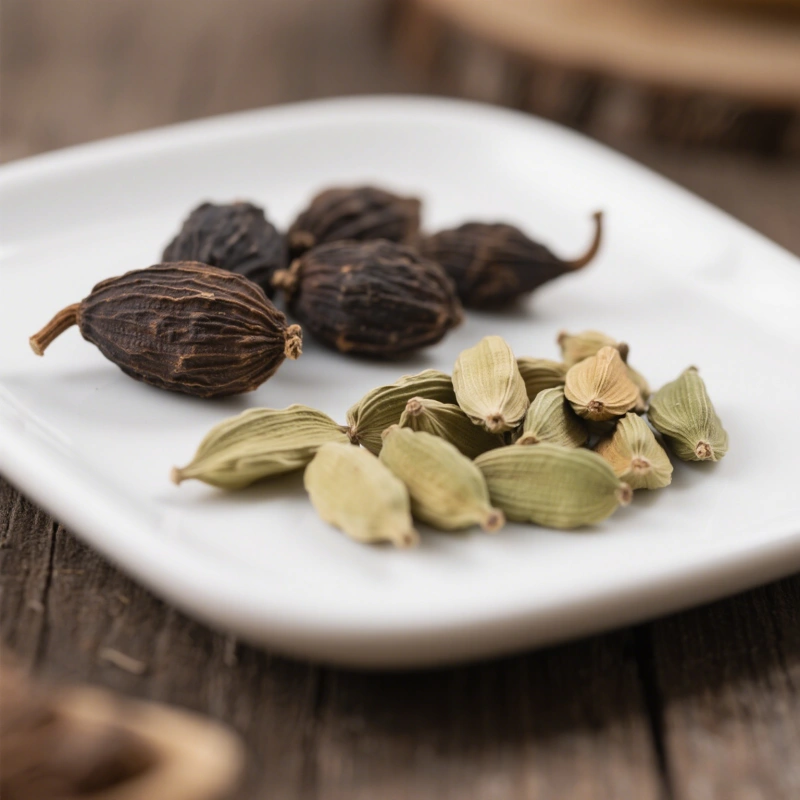Peppery lager is a unique type of beer that differs greatly from traditional lagers in texture and taste.
First of all, pepper-flavored beer has a distinctive peppery aroma in taste, which is brewed from a mixture of raw materials such as malt, hops, and peppercorns. The taste of pepper-flavored beers can be spicy, warm and aromatic, and this unique taste often arouses curiosity and interest.

Secondly, pepper-flavored beer is also different in taste. They are often thicker, softer and fuller than traditional beers, with peppery notes and malt sweetness combining to create a unique balance.
Pepper beer is often seen as an innovative type of beer and is therefore very popular with beer lovers. This beer is suitable for heavy food to highlight its unique pepper flavor and rich mouthfeel.
Pepper-flavored lagers are usually spicy, spicy and refreshing, and should be paired with spicy or spicy dishes and some light side dishes to balance the taste of the beer.
Hot pot: Pepper lager is a very good choice to pair with hot pot, because the refreshing beer and spicy dishes balance each other, bringing a pleasant taste experience.
Grilled meat: Pepper lager also pairs well with grilled meats, especially kebabs, roast beef, roast chicken, etc., because these foods have a strong flavor, and the taste of pepper beer can help neutralize the fishy smell of these foods.
Spicy snacks: paired with spicy snacks such as Malatang and Chuanchuanxiang, pepper lager can relieve the spicy feeling of food and increase the layering of taste.
Light dishes: suitable for some light dishes such as cold cucumber, cold seaweed, etc., to help balance the taste of beer.
Brew beer with Sichuan peppercorns process
Equipment | Description |
Brewing kettle | Large pot used for boiling wort and adding hops and Sichuan peppercorns |
Fermentation vessel | Container used for primary fermentation, such as a fermenting bucket or glass carboy |
Airlock | Used to seal the fermentation vessel, allowing carbon dioxide to escape while preventing oxygen from entering |
Cooling equipment | Chiller or cooling coil for rapidly cooling the boiled wort to the desired fermentation temperature |
Malt mill | Device for grinding whole grains into the appropriate particle size (optional) |
Temperature control equipment | Temperature controller or fermentation chamber to maintain stable fermentation temperature (as needed) |
Packaging equipment | Bottles, caps, capping machine, bottle sanitizing equipment (for bottling) |
Cleaning and sanitation tools | Cleaning brush, detergent, sanitizing solution, etc. for equipment and containers |
Measuring tools | Hydrometer, thermometer, pH meter, etc. for measuring and monitoring key parameters |
Brewing log book | A log book for recording recipes, steps, and observations during the brewing process |
To brew beer with Sichuan peppercorns, you'll need to follow these steps:
Prepare brewing materials:
Malt (barley, wheat, etc.)
Sichuan peppercorns (whole or crushed)
Hops (for bitterness, aroma)
Yeast (for the type of beer)
water (brewing water)

Ground grain: If using whole grain malt, grind it to the proper grain size. Grinding the grains helps extract the sugars.
Wort making: The process of adding ground grains to hot water to make wort is called mashing. Mashing temperature and time are controlled to convert starch into fermentable sugar. Follow the mashing requirements of your recipe and beer type.
Boiling the wort: Transfer the mashed wort to the brew pot and bring it to a boil. Hops are added to the wort to provide bitterness and aroma. Depending on your recipe, add the hops at various points in the boil.
Add Sichuan peppercorns: During the last few minutes of boiling the wort, add the Sichuan peppercorns of your choice. You can use whole peppercorns or crush them for more aroma and flavor. Note that Sichuan peppercorns are quite strong, so be careful not to overpower the amount you use.
Cooling the wort: After boiling, quickly cool the wort to a temperature suitable for fermentation. Use a cooler or cooling device to speed up the cooling process.
Transferring the wort: Transfer the cooled wort into a sterilized fermentation vessel, such as a fermenter or glass bottle.
Add Yeast: Add the appropriate yeast to the fermentation vessel. Choose the right yeast for the type of beer you are brewing. Seal the fermentation vessel and install an airlock to allow the release of carbon dioxide.
Fermentation: The fermentation vessel is placed at a constant temperature to allow the yeast to ferment the beer. Depending on the yeast strain and beer type chosen, the length of fermentation may vary. Typically, the fermentation process takes anywhere from a few days to a few weeks. Make sure to ferment at the right temperature for the best fermentation.
Secondary fermentation (optional): After the primary fermentation is complete, you can choose to perform a secondary fermentation or age it. Transfer the beer to another container, such as a sub-fermenter or glass bottle, to continue the fermentation process. This helps to further improve the flavor and mouthfeel of the beer.
Bottle or keg: Once fermentation is complete, you can choose to bottle or keg your beer. If you choose to bottle, please add the right amount of saccharin in the bottle to promote the secondary fermentation and carbonation process. If kegs are chosen, the beer is force-carbonated using a CO2 unit.
Maturation: Whether bottled or casked, beer needs to go through a period of maturation. Store beer in bottles or kegs at a constant temperature, usually in a cool basement or refrigerator. This stage can last anywhere from a few weeks to a few months, allowing the beer to fully develop its flavor and level of carbonation.
Throughout the brewing process, remember to maintain cleanliness and sanitation, and use sterilized equipment and containers to ensure beer quality and safety. Try different recipes and tweaks, experiment and innovate based on personal taste preferences. Enjoy the process of brewing beer and share your unique creations with others!







811.webp)




114.webp)
